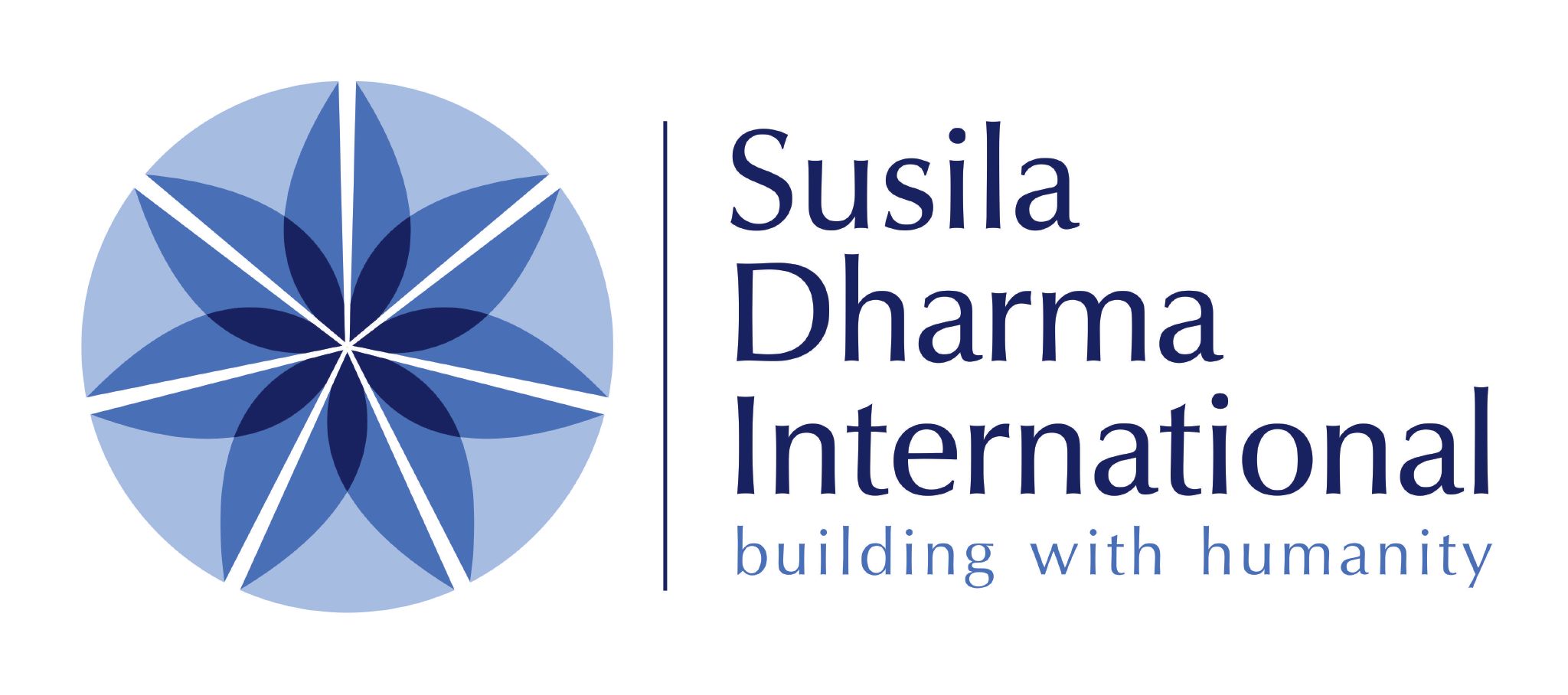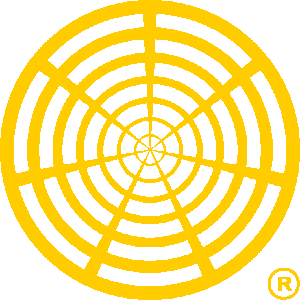
The above photo is from our previous Emergency Giving Campaign to provide medical supplies to those in need in Borneo 2019.
The Spirit of Helping
As the world finds itself in the midst of a global pandemic, we at SDIA would like to take a moment to thank all our Susila Dharma health practitioners on the front lines of helping in communities. Working selflessly in our SD-operated health centers, projects and hospitals, they are caring for those in need and saving lives, and SDIA continues to support them with the materials and equipment they need. If you are in a position to help, your support to allow us to do this is always welcome!
- Staying connected
- Circles of Mutual Support
- Set up your own Circle
- Create your own Facebook group
Staying connected
This is a difficult time for many who find themselves isolated and anxious. On the positive side, times of crisis and natural disasters can bring out the best in each one of us, as local communities come together to help one another.
Some natural disasters such as earthquakes come without warning and give little opportunity to organize groups of mutual aid before the disaster unfolds. However, the nature of the COVID-19 pandemic has usually afforded us a few days to prepare, as it has come to different countries at different times.
There are simple ways to stay connected with and help your local community on a basic level. If you are looking for ways to do this, as a first step we suggest that you make yourself aware of the various support resources in your area. Bearing in mind that vulnerable people who were already struggling before the crisis, for example, foodbank recipients and those experiencing homelessness, are now struggling even more and even more invisibly, you may like to consider offering your services as a volunteer with organizations catering for these populations.
Circles of Mutual Support
There are also several ways that you can create a small support group for your immediate community (this might be a group of 5 up to 50 individuals/households). In this group, you can do things like:
- Communicate the resources available by government or large aid groups.
- Provide a place for emotional support and empathy
- Pool and share resources on a small level
- Provide a system to check on the wellbeing of fellow group members
- Get medical care of emergency responders to an individual who falls out of contact
- Create online and offline pages of contact info and who should be reaching out by phone or email each day to check on fellow group members
- Create social media groups to keep in touch and share local resources
- Create shared spreadsheets with the data and status of your fellow group member
We are not suggesting that you do this instead of connecting with local support in your community, but rather that you both connect to all resources available and share them with your friends and family and hyper-local groups. In our research on how to organize support groups during a crisis, we found things like Resilience Circles, Mutual Aid and Viral Kindness. Mutual Aid, for example, is a method which is useful in places in the world where the local government is not willing or able to provide support.
Create your own Circle
To create a ‘Circle of Mutual Support’ to help your local group through this crisis, especially to help those most at risk and in need in our immediate community, as a way of staying connected and providing basic mutual support to your local community at the smallest level, here are a few easy and simple steps you can take today:
Create a Google spreadsheet (or normal excel spreadsheet, or written on paper) with the names, addresses, and contact info for the members of your group to be used to keep in contact on a regular basis. You can use this template.
Select a few people to help as administrators of the group. Keep in touch with members of the group, ask them if they are in mental and physical health and if they need help with something. Work to pool resources between group members and coordinate help to those members in the greatest need. You may be healthy and able this week, but need the help of others next week.
Create a Facebook Group titled ‘SD Circle of Mutual Support COVID19/ your area name’ If you live in London you would call your group: ‘SD Circle of Mutual Support COVID19 / London’We appreciate that many people do not use Facebook but it can be a useful tool. Below are some instructions on how to create a Facebook group. We hope you find them helpful!
1. Go to your Facebook account:
Click on the search field at the top. Decide what community you want to create your group for – it might be a village, rural area, or a neighborhood within a city. Search by that name plus “SD Circle of Mutual Support COVID19/ your area name” to see if someone has already started such a group. If so, join it!
If nothing comes up, click the groups tab at the top of the page. If there’s still no group, take a deep breath, connect to your inspiration, and start one!
2. Go to Create:
In the menu next to your name, choose to create a Group. You’ll see this window pop out.
3. Choose a name:
Choosing the name below will enable another ‘SD Circle of Mutual Support COVID19’ interested people to find your group and join it. For example, if the name of your community is ‘London’ then you might consider the naming it ‘SD Circle of Mutual Support COVID19/ London’
4. Add members:
You need to add at least one friend to the group before you can create it. If you don’t, you’ll get an error message. So start by adding your friends and relatives that live in your local community.
5. Choose Privacy Settings:
We highly recommend you to make the group Open as this will make it easier for people to join and share content. See below for the difference.
6. Click Create:
Yay! You’ve started a SD Circle of Mutual Support group. Now only a few more things to make this group pop …
7. Add a cover image/banner:
Use an image that represents your local community
8. Complete ‘About’ Section:
This is really important as it sets out both the purpose of the group and the basic rules of engagement. Here’s some suggested text:
“A lot of us are stuck at home right now, but physical distancing doesn’t have to mean isolation and loneliness. This group is for anyone in [X town/neighbourhood/area] who wants to connect, share, identify ways we can help each other, protect the most vulnerable, and spread a little hope, love and kindness at a time we need it more than ever.
Rules:
Choose to trust: we may be strangers, but we can choose to trust that we’re coming from a good place, and only withdraw that trust if we have good reason to. It makes a huge difference to how we approach each other.
Gratitude is the attitude: appreciating what everyone contributes can make a huge difference to bringing out the best in all of us.
Eyes on the prize: it’s easy to get distracted or sidelined by little differences or debates – let’s keep focused on the goals we share and the work we’re doing.
Kindness and respect: after one kind warning, we will ask people who are struggling with anger or disrespect to leave the group.”
Feel free to edit, or write whatever inspires you! Just be careful to make sure it’s short and everyone can understand what the group is for.
9. Edit group settings:
Edit group settings: You do this by clicking on the ‘More’ tab and then clicking ‘Edit Group Settings’. Here you’ll have more options on how you want to handle your group, from how can people join to who has the right to share content.
We recommend setting your location so more people can find you as well as adding some keywords such as: Coronavirus, Support, Community.
10. Register your group with us:
Now that you’ve created your group, email [email protected] to let us know! We can add you to our list, and email members of our global community in your area to invite them to join your group!
11. Start posting content:
Choose some great content to kick off your group. You might write a personal post about why you are doing this, or share something particularly inspiring you’ve seen. Be open, share your wisdom, and watch the magic of human connection happen!
Here are a few articles and videos we have curated to help you get started:
- Eg 1: Coronavirus: Postcard bid to help self-isolating neighbours (BBC)
- Eg 2: Coronavirus: eight ways to be kind to your neighbours – and yourself (Red Cross UK)
12. Spread the word:
If you’re part of other local FB groups, tell them about the group and invite them to join. Share it to your Facebook page, and consider messaging friends and family in your area directly. Be patient – communities take time to grow. If you’re interested in how to make communities prosper, we highly recommend you checking the resources on this website.
And that’s it – congratulations! You’ve just taken an important step in leadership at a time the world needs it more than ever.
Thank you!





